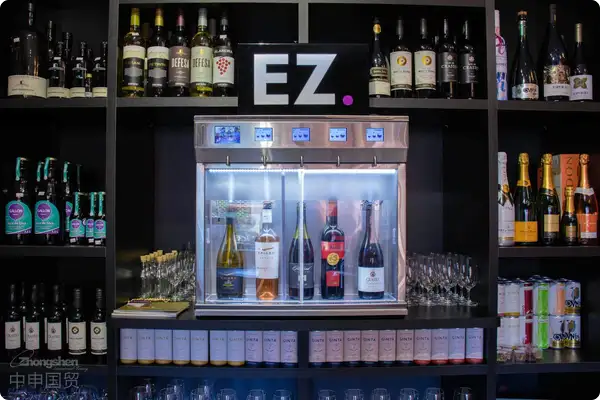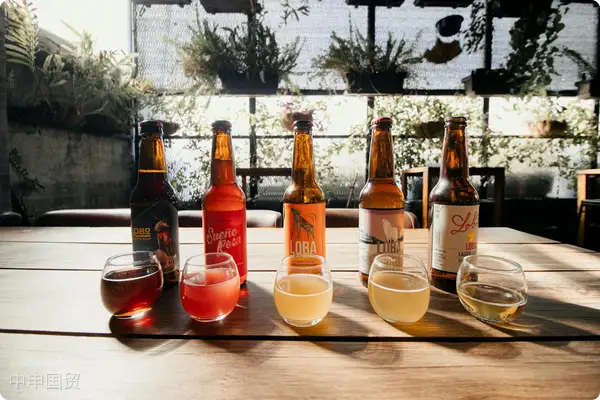- Shanghai Zhongshen International Trade Co., Ltd. - Two decades of trade agency expertise.
- Service Hotline: 139 1787 2118
Did you know? In 2023, Chinas total food imports exceeded 1.2 trillion yuan, but 23% of batches were returned or destroyed due to compliance issues! This article will provide detailed analysis of the entire food import process, from market access qualification processing to label compliance, from technical document preparation to customs clearance and sales, guiding you step-by-step to avoid risks and ensure your imported food successfully enters the Chinese market!

I. Core Content
- Handling of access qualifications
- Overseas manufacturer registration (GACC Import Food Overseas Manufacturer Registration System)
- Domestic Consignee Registration (requires Food Distribution License or Food Business License)
- Special Category Registration (e.g., health food requires approval from the State Administration for Market Regulation)
- Label Compliance Services
- Chinese-English Label Translation (including nutrition facts table conversion)
- Produce label samples compliant with GB 7718-2011 standards
- Pre-approval Stamp Processing (submit to Customs Technical Center for advance review)
- Includes risk assessment reports, performance test data, clinical evaluation reports, etc.
- Compilation of Ingredient Percentages and Processing Technology Description
- Obtain Official Sanitary Certificate from Country of Origin (must correspond with HS Code)
- Collect Certification Documents (e.g., Organic Certification, HACCP Certification)
- End-to-End Customs Clearance Services
- DDP Terms Door-to-Door Transportation Operations
- Tax Payment Agency (Customs Duty + 13% VAT)
- Paperless Customs Clearance Processing (Single Window Declaration)
II. Operation Process
| Stage | Key operations | Special requirements |
|---|---|---|
| Contract signing | Confirm HS Code (e.g.: 1905310000 for pastry products) Agree on Inspection Standards (refer to GB 7099-2015) | Production Date Certificate Required |
| Preparations before departure | Overseas Labeling (minimum 5% blank area reserved) Third-party Testing (microorganisms, heavy metals, etc.) | Testing institutions require CNAS certification |
| Port Declaration | Submit Distribution Authorization Letter (including brand authorization chain) Declare Nutritional Components (energy values within ±20% tolerance) | Full-item Testing Required for First-time Imports |
| customs inspection | Sampling for Inspection (focus on additive compliance) Verify Original Label Consistency with Registration | Activate Two-stage Access Mode |
| Certificate Issuance for Sales | Apply for Inspection and Quarantine Certificate of Entry Goods, Affix Traceability QR Code (containing production batch information) | Real-time Electronic Certificate Push |
III. Risk management key points
- Ingredient Compliance
- Pre-review Food Additive Usage Standards (refer to GB 2760-2025 version)
- Verify allergen labeling (8 major categories must be separately identified)
- Avoid label traps
- Prohibited use of medical claims such as special effects or treatment
- Nutrition facts table must be labeled per 100g/100ml units
- Quality Dispute Handling
- Retain 10% payment pending issuance of Sanitary Certificate
- Establish defective product recall plan (including return shipping channel)
Apply for the Record of Pre - inspection before Shipment of Imported Used Mechanical and Electrical Products (the service life of the injection molding machine ≤ 8 years)
| Issue types | Solutions |
|---|---|
| Additive overlimit | Apply for alternative use (e.g. conversion to industrial raw materials) Process Non-compliant Food Disposal Form before return shipping |
| Non-compliant labeling | On-site relabeling at port rectification zone Pay 0.5‰ daily late declaration fee |
| Classification dispute | Apply for pre-classification ruling (valid for 3 years) |
V. Costs and timelines
- Basic service fee: 1.5%-3% of goods value (tiered by SKU complexity)
- Express channel: Pay 0.2% expedited fee to reduce clearance to 5 working days
- Testing fees: Full-item testing approximately ¥8,000-15,000 per batch
- Standard cycle: 12-18 working days (including laboratory testing time)
Food imports require not only registration of overseas manufacturers and domestic consignee records for market access qualifications, but also strict attention to key aspects such as label compliance and technical documentation preparation.
Related Recommendations
Category case
Contact Us
Email: service@sh-zhongshen.com
Related Recommendations
Contact via WeChat

? 2025. All Rights Reserved. Shanghai ICP No. 2023007705-2  PSB Record: Shanghai No.31011502009912
PSB Record: Shanghai No.31011502009912








